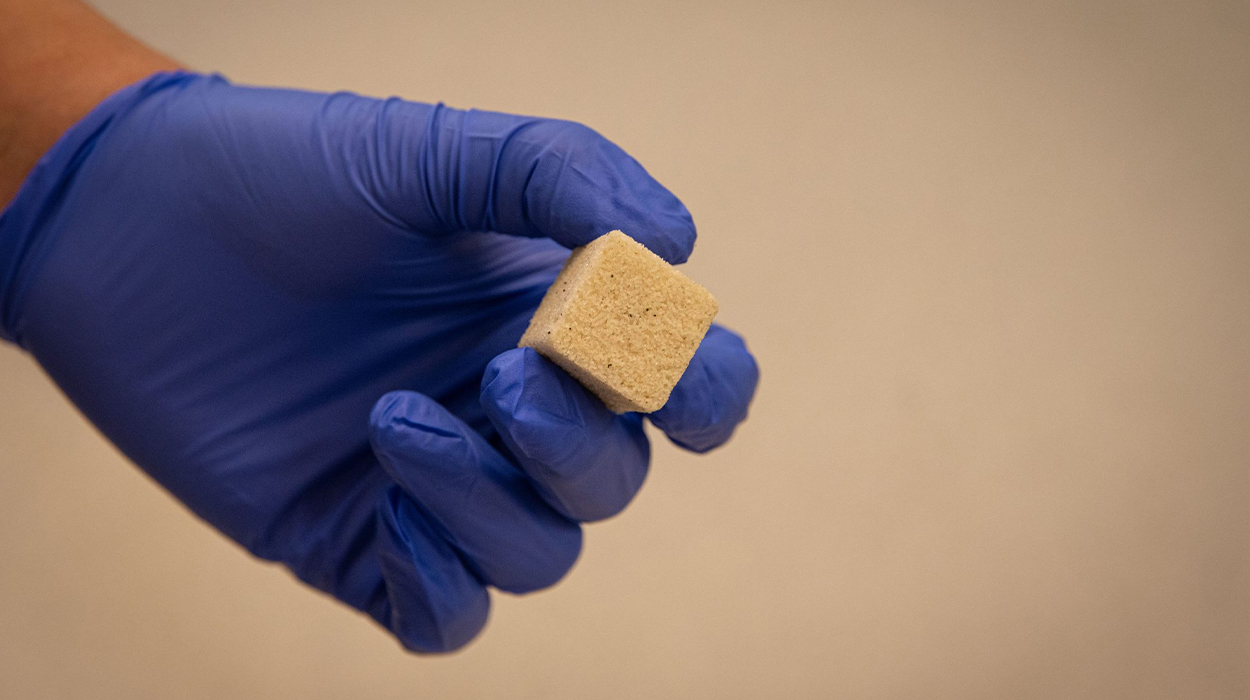
Enzymatic on GCCA shortlist of start-ups in global innovation challenge to deliver low carbon concrete
A team from the Worcester Polytechnic Institute has made a strong concrete-like material that soaks up carbon dioxide…

A team from the Worcester Polytechnic Institute has made a strong concrete-like material that soaks up carbon dioxide…

A team from the Worcester Polytechnic Institute has made a strong concrete-like material that soaks up carbon dioxide…
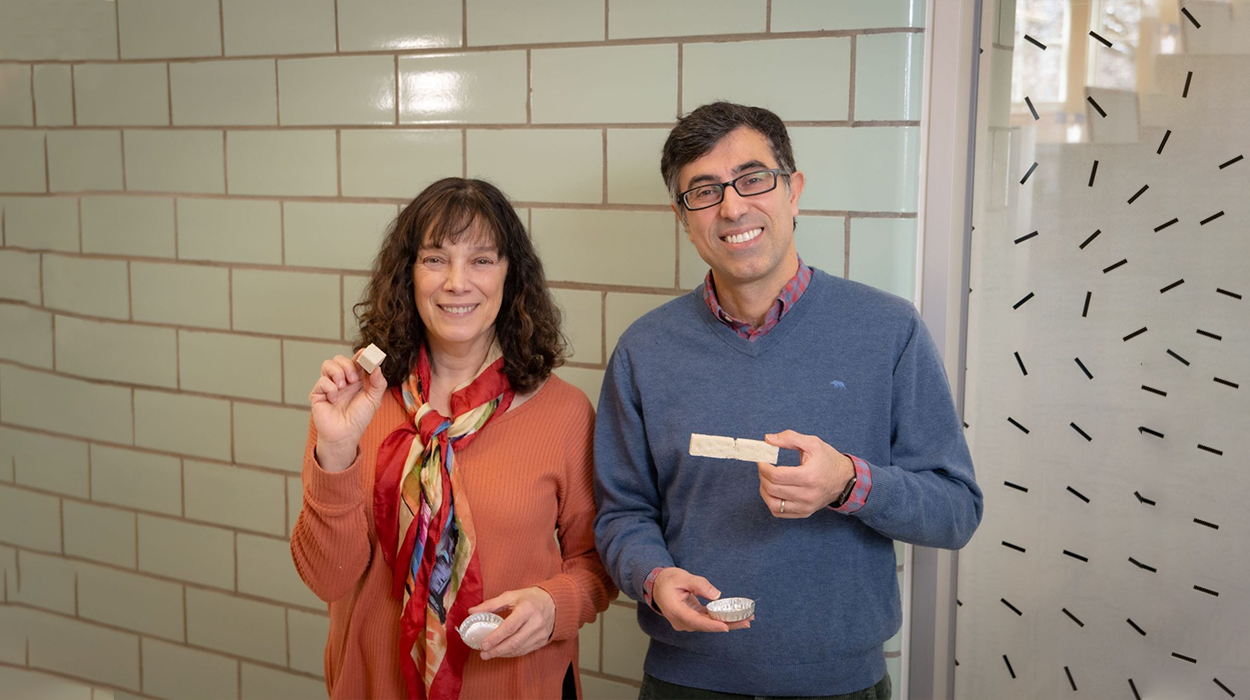
Mitigating climate change is one of the biggest challenges facing the world’s population. Now, a team of…

Forged with the help of enzymes, a new alternative to concrete pulls in carbon dioxide instead of releasing it…
(Matter 2022, DOI:
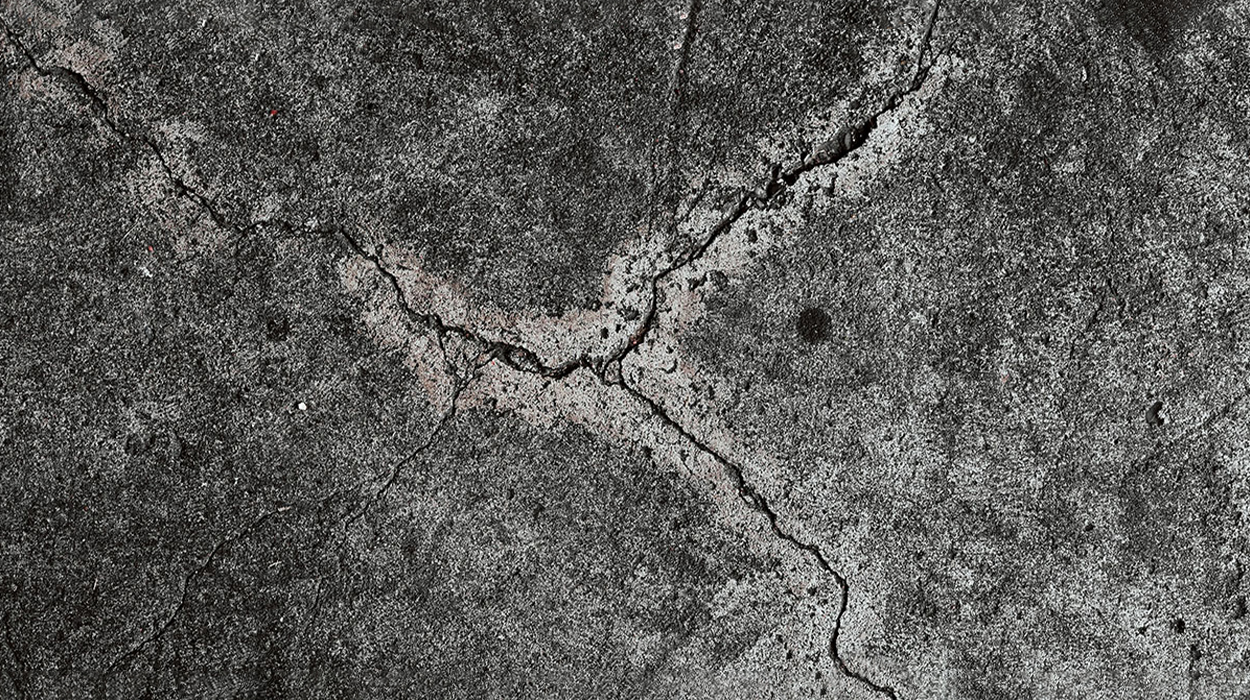
Behind only water, concrete is the second most widely used substance in the world. The 2.8 billion tons of carbon dioxide…
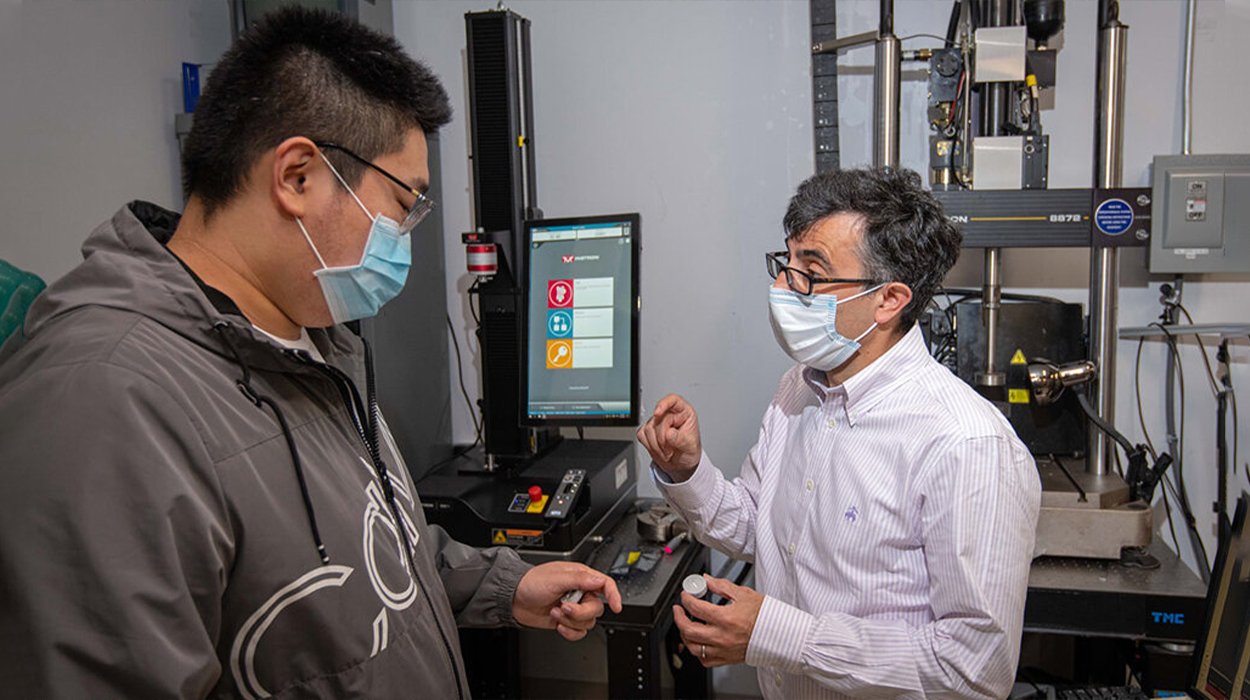
Researchers at Worcester Polytechnic Institute (WPI) are using an enzyme found in red blood cells to create…
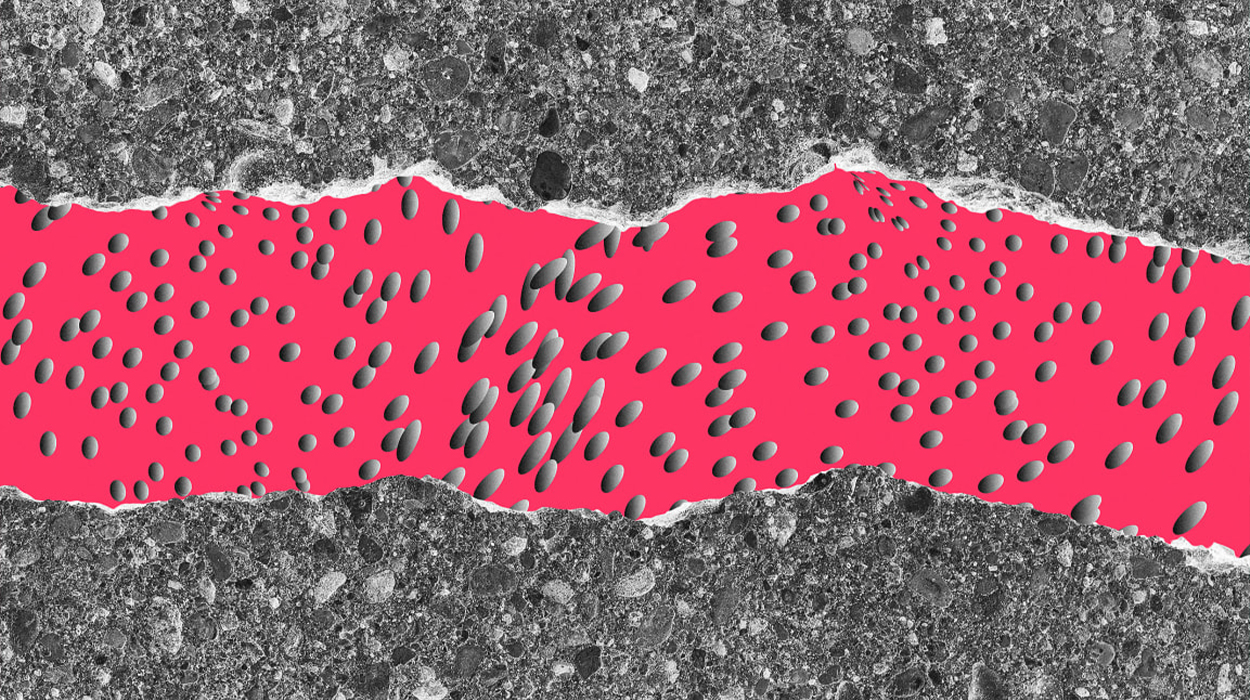
It looks a little like magic: When a crack forms in this new concrete, the material begins to fill in the gap itself…
© 2023 Enzymatic, inc. All Rights Reserved.